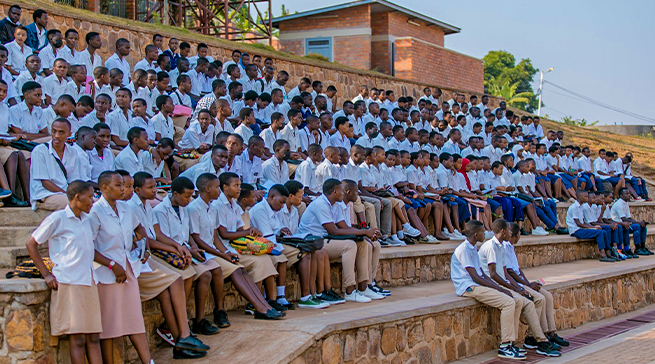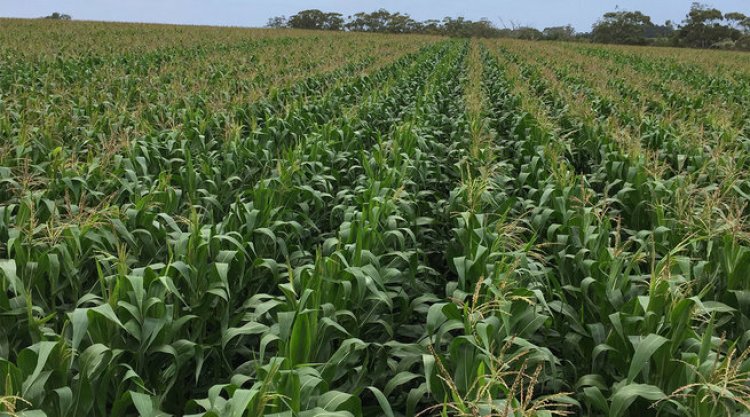Rwanda, like many countries located south of the Sahara Desert and listed among the world’s poorest nations, is nonetheless among the fastest-developing countries aiming to lift itself out of poverty. This is evident in various sectors such as education, politics, agriculture, transportation, technology, healthcare, and more.
However, despite Rwanda’s significant progress, the country still faces critical challenges that could hinder its ability to achieve its development goals quickly. One of the most concerning issues is the quality of education.
Historically, Rwanda’s education system has been structured in a way that produces more employees than employers. As a result, job opportunities remain scarce, unemployment rises, and many graduates lack the skills to create their own jobs or become innovators.
You’re probably familiar with how the old system worked. In primary school, students were taught a mixture of subjects—social studies, science, math, languages, etc. In secondary school (from Senior 1 to Senior 3), they continued studying many mixed subjects like geography, math, chemistry, biology, English, Kinyarwanda, physics, and more.
The real shift was supposed to happen at the A-Level (Senior 4 to Senior 6), where students were placed into “combinations” such as MCB, MCE, PCB, HEG, MEG, and so on. But even these combinations still had a mixed approach. This often resulted in students graduating with shallow knowledge in each subject. For example, a student in the MCE combination would graduate with limited understanding of math, economics, and computer science. That shallow knowledge made it hard for students to start their own businesses or innovate after school.
Think about it: many major inventions rely heavily on mathematics. Yet, it’s rare in Rwanda to find a high school graduate proficient enough in math to innovate. Similarly, very few graduates are well-versed in computers or technology by the time they finish secondary school.
Because of this limited expertise, students often leave school unable to create their own opportunities. Most of them just wait to go to university and hope to be employed later on. This mindset and system have cost the country dearly, slowing down economic growth.
Imagine if all students left school seeking jobs instead of starting their own businesses—this would place a heavy burden on the country. The Rwandan government recognized this problem and realized the country was heading in the wrong direction. As a result, it decided to change the education system to promote the development of both skilled workers and job creators, including future researchers and innovators.
The government has now officially announced the end of subject combinations. Instead, a new structure will divide subjects into four broad categories:
-
Science
-
Mathematics and Technology
-
Arts and Humanities
-
Languages
At first glance, some may wonder: How is this different from the previous system? The answer is: it’s very different. Unlike before, students will now focus deeply on one subject area, allowing them to develop advanced skills and practical knowledge that can help them start their own careers or businesses after graduation.
For example, a student focusing solely on technology will gain in-depth knowledge far beyond just basic computer use. That student may graduate from secondary school ready to work with major companies or even start their own tech venture—something that previously required university education (and even then, many graduates weren’t well-prepared).
According to Rwanda’s Ministry of Education (REB), the new categorization will replace traditional combinations like this:
-
-
Students who were supposed to study MCB, PCB, and similar will now be grouped under Science.
-
Those in MEG, MCE, MPC, and MPG will go into the Mathematics and Technology stream.
-
Students from HGL and HELP will move to Arts and Humanities.
-
The Languages stream will include students who were supposed to study LFK, and will focus on Kinyarwanda, English, Swahili, and French.
-
Aside from the issue of job creation, studies by Rwandan education experts have shown that students struggled to keep up with too many subjects. They often forgot what they learned earlier in the day due to information overload.
This new reform is a huge step toward improving the quality of education in Rwanda. However, on its own, it won’t be enough to solve the unemployment problem. That’s why the government is also heavily investing in vocational training, technical schools, and teacher training programs, so that future teachers can deliver more impactful lessons.
Some people have asked what will happen to those who already graduated under the old system with traditional diplomas. The Ministry hasn’t officially commented on this, but those diplomas will still be recognized and retain their value. In fact, graduates of the old system can contribute to improving education as the system evolves.
Implementation Plan for the New Curriculum
Students completing Senior 3 (S3) this year will be the first to begin the new curriculum in the 2025–2026 academic year. Those already in Senior 4, 5, or 6 will continue with their current combinations to avoid confusion.
To further strengthen the education system, the Ministry has also announced a change in school hours. Starting from the next academic year, students will begin classes at 8:00 AM and end at 5:00 PM. Previously, classes began at 8:30 AM.




Post Comment